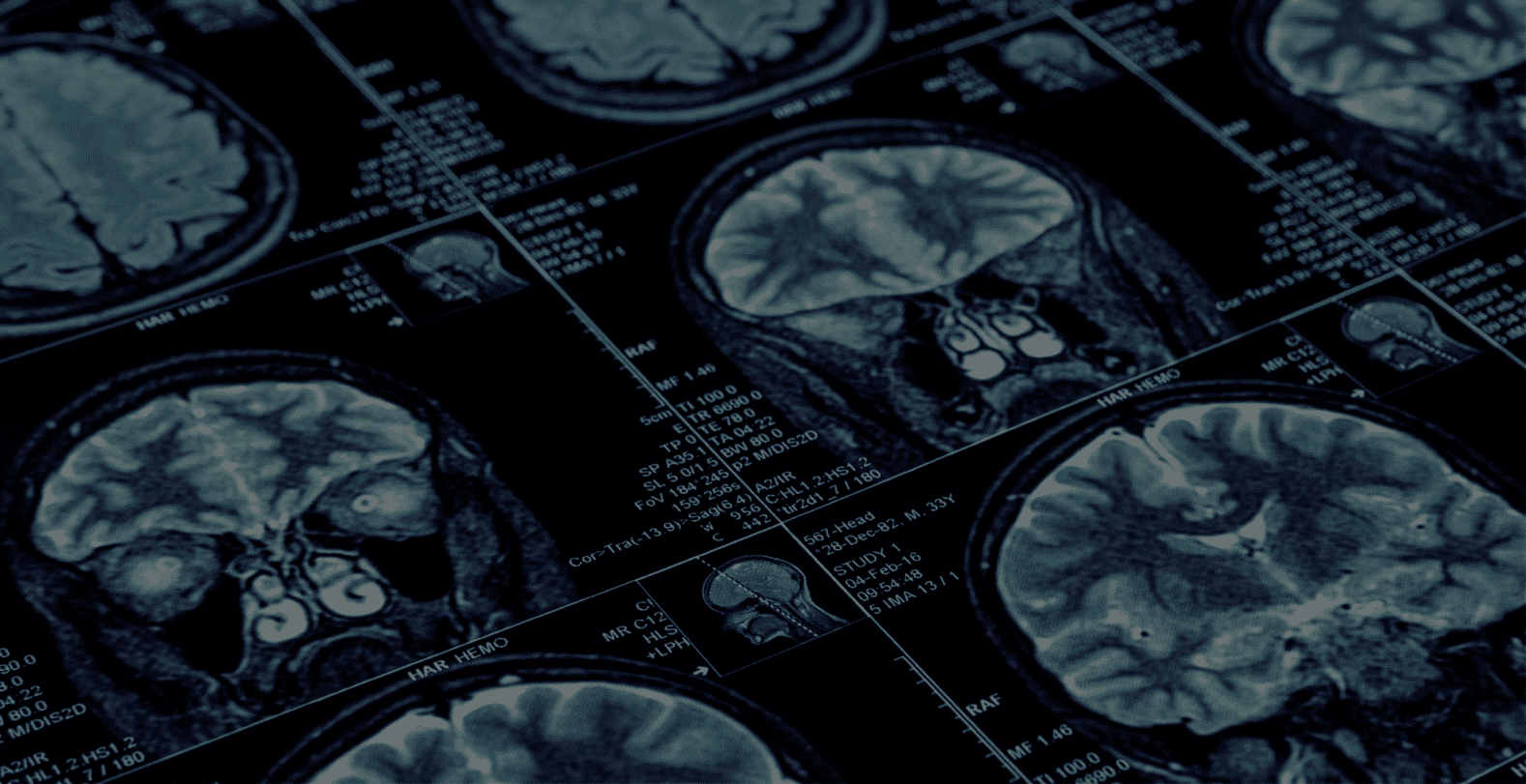
by evaluating complex lipid profiles and imaging tissue materials
The diverse classes of lipids are of major importance for any organism, are essential and play a central role in the genesis and progression of a variety of diseases.
They include a wide variety of molecular structures, ranging from steroids,
fatty acids, triglycerides to complex phospholipids. Over the last two decades, lipidomics – as the profiling of lipids in tissue and body fluids – has lead to to new insights in the molecualr mechanisms of deseases. Despite these success and
the correlatation between individual and (subsets) of lipids classes and desease on-set and progression, a detailed insight into the causality is still lacking. In order to disentangle cause and effect of the complex interplay between lipid function and metabolic processes, the Eurlipids consortium bridges classical (LC-MS)
lipid profiling analysis and molecualr imaging of tissue on the one hand and experimental biology on the other hand. It focusses on:
- Accurate molecular structure assessmen, together with the integrated spatial
profiling of lipid composition in tissues and the quantative profiling in body
fluids. - Use of comprehensive data science approaches resulting in detailed and
validated lipid metabolic pathways. - Experimental ex- and in vivo biology modelling approaches to simulate and
study the biological effects of lipid compositions, their upstream causes and downstream effects allowing causality to be assessed.





